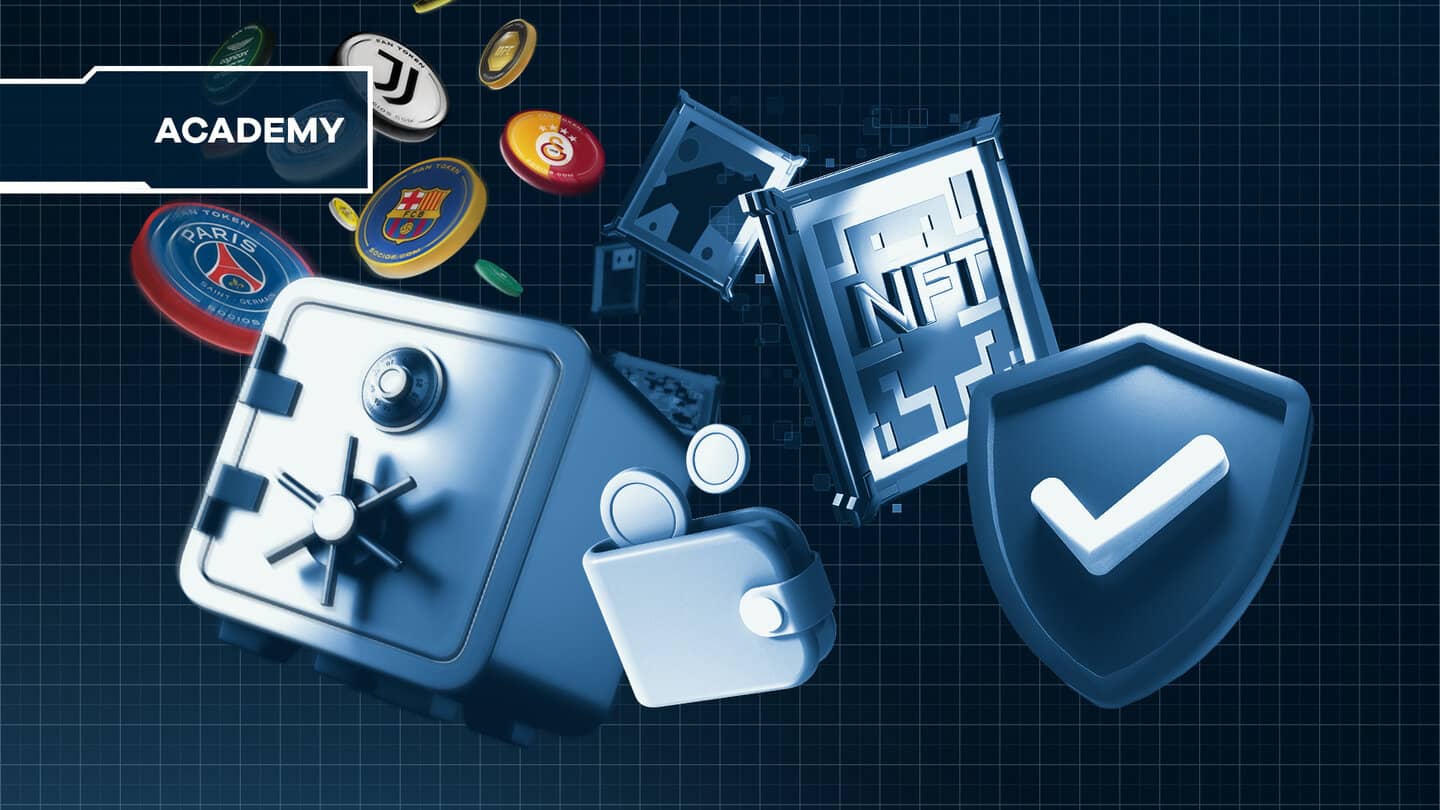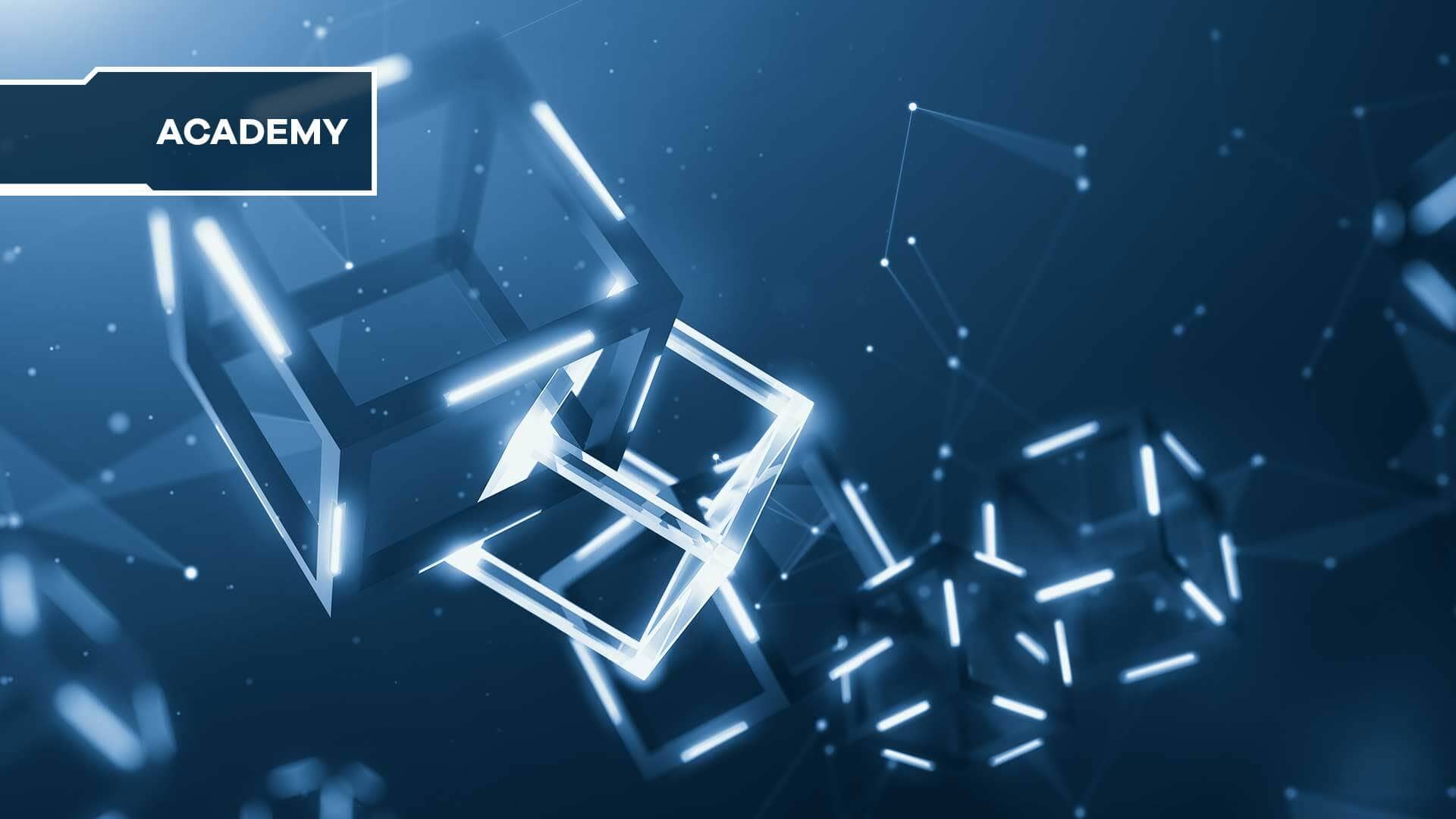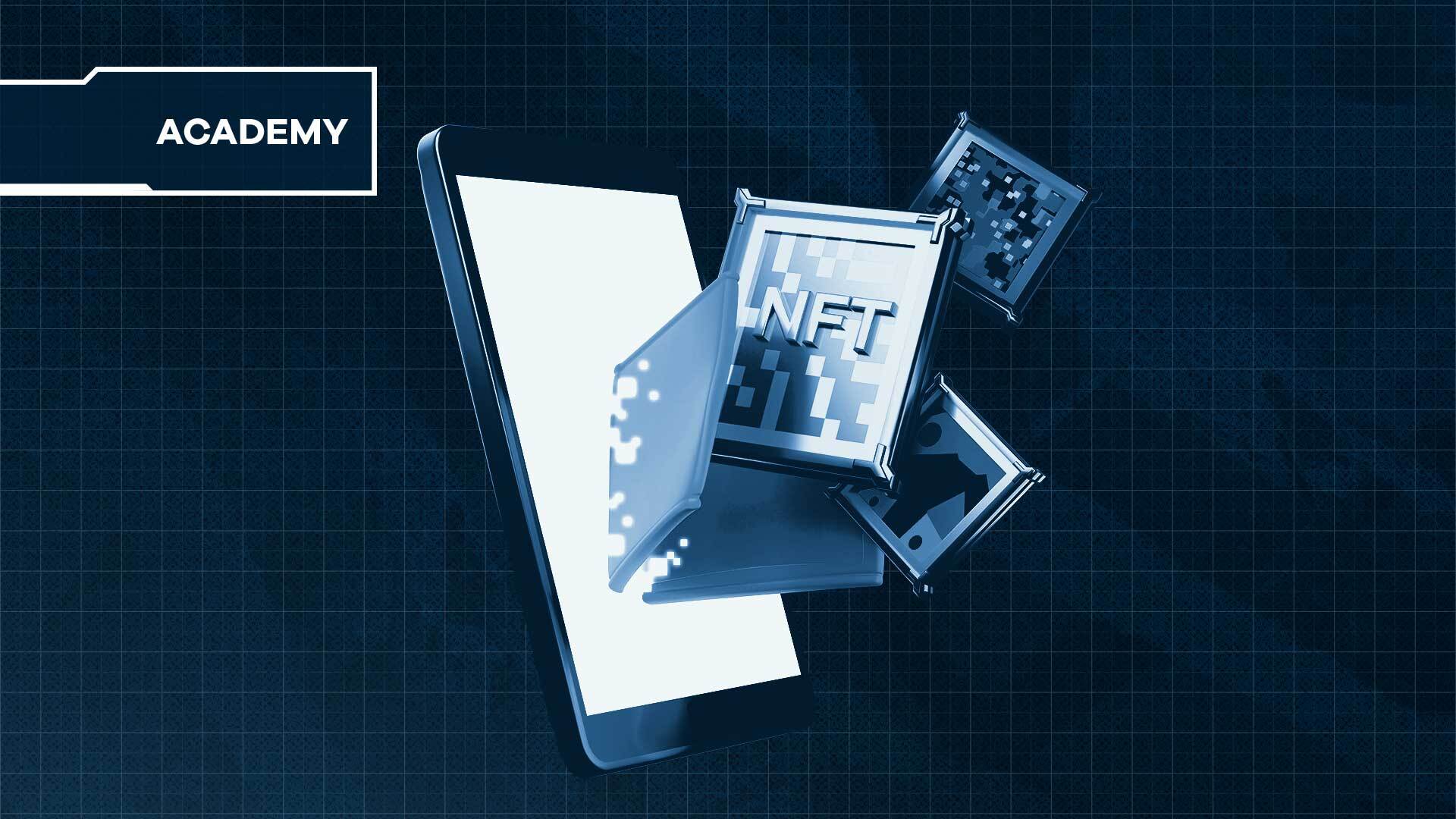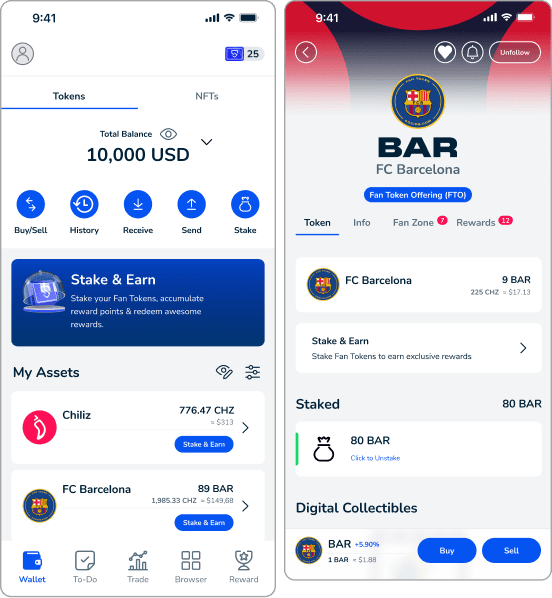With decentralisation and customisation as the goal, Web 3.0 aims to become the third generation of the internet and change the World Wide Web as we know it. Let’s take a look at how this public network propelled by a tokenised economy will revolutionise the net as we know it.
What is Web 3.0 simplified? Key takeaways

The world’s economy is leaning towards decentralization with tokens replacing the US dollar and any other government-backed currencies and so is the internet. However, what is Web 3.0?
Web 3.0 is the third generation of the internet. Inside it, apps and websites can control data in a way that resembles that of a human more than that of a bot. In order to achieve this, Web 3.0 employs big data, ML and decentralized ledger technology (DLT), among others.
This new internet era also advocates for the use of semantic technology and does, in turn, incorporate the necessary features for the Web 3.0 to be a semantic web. Developing human-like web apps has become much easier than it ever with this game-changing tech.
Key features
The key features that group together make the Web 3.0 are:
Semantic web: A web of interconnected data that computers can easily process and simplify the developing more user-friendly smarter web apps.
AI: By applying Artificial Intelligence, the users experience a higher customization of the web apps.
Virtual and augmented reality: Users can engage in digital worlds and interact with digital objects. Some Web 3.0 examples that apply this tech are virtual house tours or online games.
Decentralized: A more transparent and secure web is a reality with help of the Web 3.0 blockchain technology. This allows for decentralized apps (dApps) and p-2-p networks.
Web 1.0 vs Web 2.0 vs. Web 3.0
For the Web 3.0 to be the evolution of the internet, there needed to be two former versions. Nonetheless, what are the differences between Web 1.0, Web 2.0 and Web 3.0?
Web 1.0
The first version of the World Wide Web is far from what we know today. The Web 1.0 was, in a few words, several websites with only text-based content. They were built up by researchers committed to knowledge-sharing and spreading news faster. These websites had to be updated by hand and would, thus, contain a lot of out-of-date content. Most websites consisted of basic HTML and limited graphics.
Web 2.0
The second internet generation focuses on a user-centered experience with high interaction between users and the websites. This is the wikis, blogs, social media and streaming era. Content is generated by users individually or in collaboration with others.
New techs like the AJAX or the RSS allowed for new communities for a more personalized web and for new niche communities to flourish.
Web 3.0
Customization, decentralization and a user-driven approach are the pillars for Web 3.0. This new internet revolution aims to empower users by granting them with a greater control they ever had.
Web 3.0 also incorporates new technologies that allow users to navigate through a realworld-like environment.
Advantages of Web 3.0

This new generation of the internet gathers several advantages over its predecessor, Web 2.0. Amongst them we have:
More power for users: Surfers can be picky on which pieces of personal info they share. This encourages users to be both more protective and aware of the online identity.
Customization: The use of AI makes it easier for websites to share specific and useful information to every user. The personalization applies also to searches in which users will find relevant info quicker and typing in less characters.
Decentralization: Web 3.0 employs decentralized systems to provide a more secure and transparent web. With this, there will be fewer intermediaries in financial transactions and users will get to keep a bigger share of their money.
No disruptions: As data will be saved on nodes in Web3, the chance of an event that could disrupt the service has almost been ruled out.
Top 5 challenges
All that glitters isn’t gold and Web 3.0 is no exception. In spite of the enormous possibilities it presentes, there are some disadvantages, nonetheless. Some of them are:
Costs gas fees: Even though governments aren’t able to take a portion of the users’ financial transactions with the use of blockchain technology, it won’t be free. The gas fees used for transactions are still too expensive and is paramount to tackle this issue for this tech to thrive.
Centralization: As good as decentralization may sound, it has some obstacles. The most important being the lack of standardization and mutual agreement on protocols.
Data privacy: Web 3.0 technologies provide a more transparent web. However, the storage of sensitive information in a decentralized way makes it easier for hackers to access it without the users’ knowledge.
Development: The use of new technologies has as a consequence the need for users and developers to level up their devices. Subsequently, some people are being left behind.
Top 5 Web3 applications

Metaverse: The Metaverse is set to transform the internet and our relation with reality forever. However, this is only possible thanks to the augmented reality Web 3.0 provides, which creates a real world-like environment.
NFTs: Most news about NFTs talk about how they want to revolutionize the art world. However, NFTs have so many more uses than just selling nice digital drawings. These unique digital assets have already been used to grant access to concerts, as part of sport cards collections and as vouchers for concrete physical purchases.
Cryptocurrencies: As the number of financial restrictions and inflation have been increasing everywhere, people are looking for an alternative to government-backed currencies. Thus, cryptocurrencies have come to stay and, as the blockchain tech is quintessential in crypto trading, Web 3.0 has their back.
Play-to-earn games: The history of games is interesting. At the beginning, players had to buy a game to play it. Afterwards, many new games adopted a freemium scheme and only received money in exchange for some in-game perks. Now, play-to-earn games with their own tokens are trending and look to become the new normal. These games can exist thanks to the blockchain technology in Web 3.0 which lets users exchange tokens freely.
Secure messaging: After those privacy fiascos that some social media created and everyone remembers up until this day, several secure messaging dApps have popped up. They use the decentralized storing feature Web 3.0 has to give users the privacy they are looking for in messaging services.
How do I prepare for Web 3.0 as a developer?
Web 3.0 possibilities are limitless but, as a developer, it’s important to keep yourself up-to-date. There are several ways of doing it such as with:
Web 3.0 certification: Getting a Web 3.0 certification is an excellent way to position yourself as a forward-thinking developer with the necessary skills to overcome current challenges.
Developer DAO: It’s a dev community which aims to share knowledge and educate themselves on Web 3.0 technologies. Joining them could be a good starting point as you’ll be able to take advantage of their resources and find jobs in the field.
Blockchain courses: The blockchain technology is as disrupting as it is a mystery for those unfamiliar with it. However, blockchain is of the utter most importance in Web 3.0 as it is one of the pillars of this semantic web.
Opinion: Is Web 3.0 a game-changer or just a marketing term?
Web 3.0 is in its beginnings and, despite how promising it might look, it has many detractors. Many play-2-earn games are undergoing a really rough patch and many projects have been canceled before seeing the light of day.
After the hype and FOMO washed away, the Metaverse also proved to be less attractive than it appeared in the beginning. These events have led many to dubbed Web 3.0 as a marketing term or fad more than a real revolution.
In spite of all of this, it’s undeniable Web 3.0 technologies are catching on and we can find more examples every day. Moreover, some practical uses such as virtual house tours, Google Maps or cryptocurrencies have come to stay. How influential will they be in some years? Only time will tell.
FAQs About Web 3.0
What is Web 3.0 and why does it matter?
Web 3.0 is the third internet generation of the World Wide Web and adopts several game-changing technologies such as the blockchain technology, augmented reality and decentralized information storage.
How will Web 3.0 change internet privacy?
Web 3.0 to block website trackers and online ads that harm the users’ experience with the internet. This will allow users to keep their information secured.
Why is Web 3.0 not fully realized?
Web 3.0 demands more powerful devices and processors than Web 2.0 does and its adoption depends on users and developers leveling up their devices for its wide realization.
Is Web 3.0 the same as blockchain?
Web 3.0 is formed by several technologies that aim to revolutionize the internet as we know it today. Blockchain is an integral part of Web 3.0 but not the only one. There are also others such as augmented reality and decentralized information storage.
How do I become Web3 qualified?
The best way is to join specialized collaborative developers communities where they share resources, such as Developer DAO, and enroll in blockchain courses.
Are Web3 developers in demand?
As Web 3.0 continues spreading, the demand for Web 3.0 developers continues growing exponentially. It certainly feels like there are enough in the market to cover the demand.





